SS United States: An Operational Guide to America’s Flagship
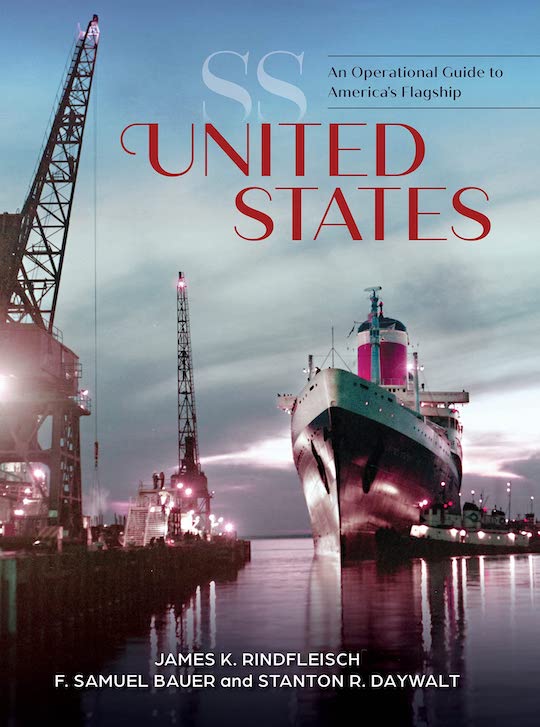 by James K. Rindfleisch, F. Samuel Bauer, Stanton R. Daywalt
by James K. Rindfleisch, F. Samuel Bauer, Stanton R. Daywalt
WE ARE reposting this fairly recent review because the reviewer added a lengthy addendum based on living for a while with the printed book that he acquired after the e-book on which the bulk of this review was based.
“The United States was always shrouded with an aura of mystery, which may have sprung from her military connection. Most of the publicity during construction and her service stressed her speed and luxury as a projection of American dominance of the seas. Some have suggested that emphasis on such details as a fireproof piano provided a fine cover for keeping other details under a veil of secrecy. Her engine rooms and performance statistics remained sealed until August 1968.”
That date was just about 14 months before her decommissioning so someone must have figured there’d be no harm in finally filling out the story, which is also what this book does but in an unexpected direction. The authors forthrightly state that the book is not an operational history of the ship, which is already well established in the literature. Instead, the words operational guide in the title refer to the inner workings of the ship, from how to fire the boiler to how many pounds of brussel sprouts are in the pantry to what to do with stowaways (there are actual mugshots!) and just about everything in between. You may already have a stack of books about transatlantic liners but there’s a good chance none is quite like this.
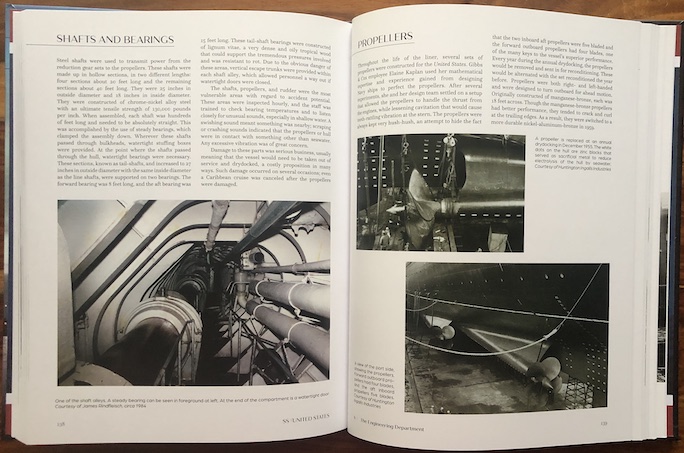
Props on Big U were a trick bit of kit and various designs were tried throughout her service life. Her maximum speed was never determined. The engineering plant was developed from the machinery installed in IOWA class battleships, which all exceeded 33 knots in service. Although of nearly identical length, due to the use of aluminum alloys in all structures above the main deck she was considerably lighter than those battleships, and thus faster. She effortlessly exceeded her designed speed during her builder’s trials at 38+ knots with plenty of steam in reserve. Her normal cruising speed in service was restricted to “All engines ahead two-thirds,” which was more than merely sufficient to maintain her schedule while also reducing fuel consumption and wear and tear and enhancing reliability and comfort.
The Introduction informs us that the book is the result of many years of effort by the three authors and friends and is a posthumous tribute to one of them, Jim Rindfleisch, who once was actually the ship’s court-appointed custodian long after it had been withdrawn from service and awaiting a new owner.
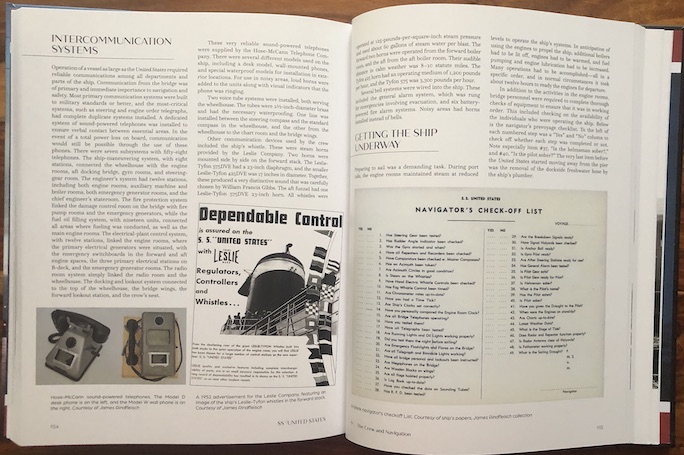
Everybody needs checklists. Item 5: “Have Comparators been checked w. Master Compasses?” Mustn’t forget that. Item 40: “Is Pilot sober?” Ah, sailors.
The “Big U”, as the S.S. United States is affectionately referred to by her legions of fans and enthusiasts round the world, is one of the most iconic ocean liners ever to grace the high seas. There is little debate that she is also one of the most beautiful, and no debate whatsoever that she is the fastest. Interest in her has never ceased, from well prior to her record-breaking maiden voyage to her uncertain status today. That she still exists, more or less intact more than a half-century after she was taken out of service at the end of only her eighteenth year of revenue-producing transatlantic crossings is a near miracle and a story worth telling in itself. That story, as well as the rest of her design and operational history, has been well and repeatedly documented over the decades since her retirement.
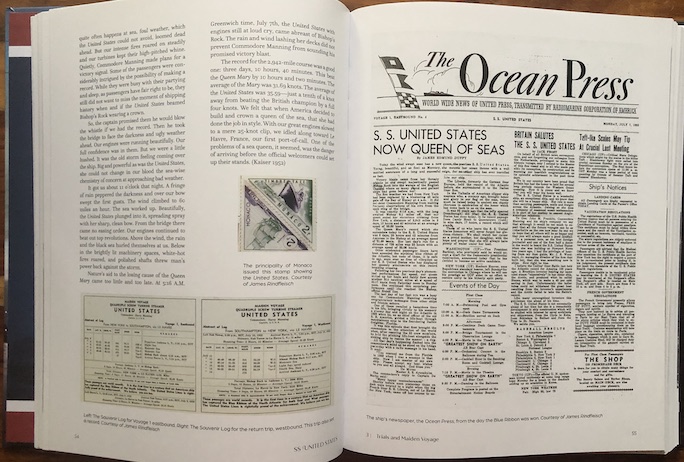
The ship had its own newspaper. You’ve heard of RCA? Here it stands for Radiomarine Corporation of America.
Rindfleisch and friends had been able to roam the ship freely and for years while berthed but it took them a long time to realize that the thousands of documents they found scattered aboard should be saved from scrapping if that was to be the ship’s eventual fate. That the idea for a book should spring from that seems inevitable.
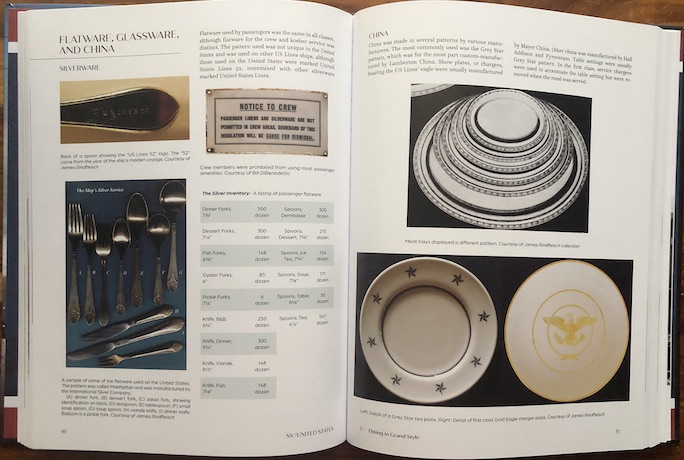
In other words, there is an uncommon amount of detail about uncommon facets in this book. That they are not be found in other books is of course a mark of distinction, and hopefully readers won’t consider the degree of detail TMI. Besides the expected plethora of exterior and interior photos, we are shown baggage claim tickets, menus, crew uniform details, publicity brochures, plates, cups, and saucers with their accompanying United States Lines logo and unique flatware, all in living color, and many more items of ephemera and trivia to keep the rabid Big U fan entertained for hours.
As is to be expected, there are numerous photos and illustrations showing virtually everything, from views of all classes of passenger accommodations to detailed close-ups of sparklingly clean galley equipment. Line drawings of overhead views of the internal layout of many parts of the ship greatly assist the reader in understanding what goes where and why. Some schematic illustrations, however, may require professional knowledge to fully understand.
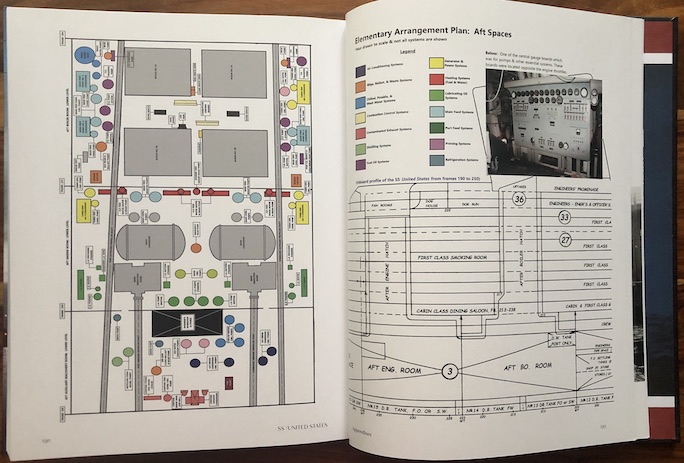
The use of color is not only remarkably extensive and impossible to ignore, its extensive application is commendable, particularly in contemporary photographic and historical document reproduction. This no doubt added to the book’s production costs and makes the $45 price of the hardbound edition surprisingly inexpensive.
I found Chapter 2 “Construction and Launching” and Chapter 3 “Sea Trials and Maiden Voyage” to be of particular interest as their photos clearly show many in-progress construction and other details, many of which would not remain visible once construction was completed. The numerous black and white construction photos are a rare treat in themselves and a source of endless fascination for “nuts and bolts” enthusiasts such as me. All of them are clear, sharply focused, and properly printed, in keeping with this publisher’s excellent reputation in this regard. There appears to have been no shortage of them, which is remarkable in that so many important photos have been properly preserved and are available to historians almost three-quarters of a century after they were made.
 The emphasis on fire safety in the ship’s design and construction is prominently highlighted throughout the reproduced publicity materials, and rightly so. Fire at sea is the sailor’s worst enemy, and fires onboard passenger vessels, even “small” ones, often end tragically with loss of life, even when the ship is saved. The emphasis on the use of fireproof materials (particularly asbestos, which would prove to be problematic in the attempts to update the ship for a return to service that has yet to happen) in the ship’s construction and fittings made her very safe in this regard, arguably the safest ship of her type, but resulted in a certain blandness of appearance that, although fashionably up to date by early 1950s standards (the Less is More school of design), did not compare favorably with the traditional ostentatious North Atlantic “seagoing palace” that more resembled a five-star hotel than a ship at sea that were her chief competitors. Think the Cunard Queens. But she was indisputably modern, and oh my, was she fast!
The emphasis on fire safety in the ship’s design and construction is prominently highlighted throughout the reproduced publicity materials, and rightly so. Fire at sea is the sailor’s worst enemy, and fires onboard passenger vessels, even “small” ones, often end tragically with loss of life, even when the ship is saved. The emphasis on the use of fireproof materials (particularly asbestos, which would prove to be problematic in the attempts to update the ship for a return to service that has yet to happen) in the ship’s construction and fittings made her very safe in this regard, arguably the safest ship of her type, but resulted in a certain blandness of appearance that, although fashionably up to date by early 1950s standards (the Less is More school of design), did not compare favorably with the traditional ostentatious North Atlantic “seagoing palace” that more resembled a five-star hotel than a ship at sea that were her chief competitors. Think the Cunard Queens. But she was indisputably modern, and oh my, was she fast!
So, in a nutshell, this new book on an old subject appears to offer more detailed information on a broader aspect of all phases of operation of this remarkable and justifiably famous “greyhound of the Atlantic” than any other.
Interesting factoid: She made exactly 400 crossings, virtually all of them incident free. What incidents that did occur were minor in nature and never involved major damage to the ship or serious threats to the safety of her passengers and crew. The sea is an unforgiving and merciless mistress whose moods swing from one extreme to the other with little or no warning, making this service record a truly remarkable feat.
PS
Having seen this book both in digital and in printed form, I am moved to say that for the dyed in the wool bibliophile there is no substitute for the hardcopy format in order to properly appreciate the quality of the materials, printing, and binding; important considerations in a traditional buying decision. E-books are truly two-dimensional, and the total lack of tactile input leaves one with the unshakable feeling that something important is lacking. On the plus side, the ability to do easy searches in the electronic book and its portability are assets. Moral? Get both.
Addendum:
Now that I’ve had the hardcover edition in my hands and ample time to thoroughly page-check it, I must say that I am even more favorably impressed than I was with the e-book edition. One important thing I’ve learned from reviewing the e-book is the difficulty in determining a sense of scale. Sure, the book’s nominal dimensions were readily available for reference, but unless one takes the time to find a similarly dimensioned tome on the bookshelf or uses a measuring device to lay out a correctly dimensioned rectangle, it can be difficult to accurately visualize a book’s size. That seemingly simple task never quite made it to the top of my “To Do” list, so I was most pleasantly surprised when I opened the shipping container and found the book to be substantially larger than I had taken it to be.
The quality of physical properties and materials cannot be determined while evaluating an e-book, but as anticipated, the hardcopy lives up to Schiffer’s enviable reputation in all respects.
Although there is no dust jacket, the sturdy cover boards are decorated with the dramatic late-in-the-day (or is it early morning?) photo of Big U approaching its berth on the front board and a smaller, mid-day portrait of the port side of the entire ship alongside the pier on the back.
It is sometimes difficult to notice things that aren’t there. In this case, it was only upon later reflection that I realized the lack of illustrations that would be enormously helpful in maintaining one’s orientation onboard despite the plethora of clear, well-illuminated photographs of the ship’s interior. These would be line drawings of the ship’s centerline internal profile and overhead (plan) views of the major decks, particularly those open to passengers. Although there are several partial deck layout drawings, there aren’t any that show any decks in their entire length. This has been done in other works in a variety of ways, perhaps the most satisfactory being the use of the end papers for this purpose. This not only gives them an additional real purpose to what is often otherwise wasted space, it provides convenient quick and ready reference.
In summary, I repeat my recommendation that in consideration of the modest prices involved, you can’t go wrong by acquiring both formats.
Copyright 2023, Mark Dwyer (speedreaders.info)
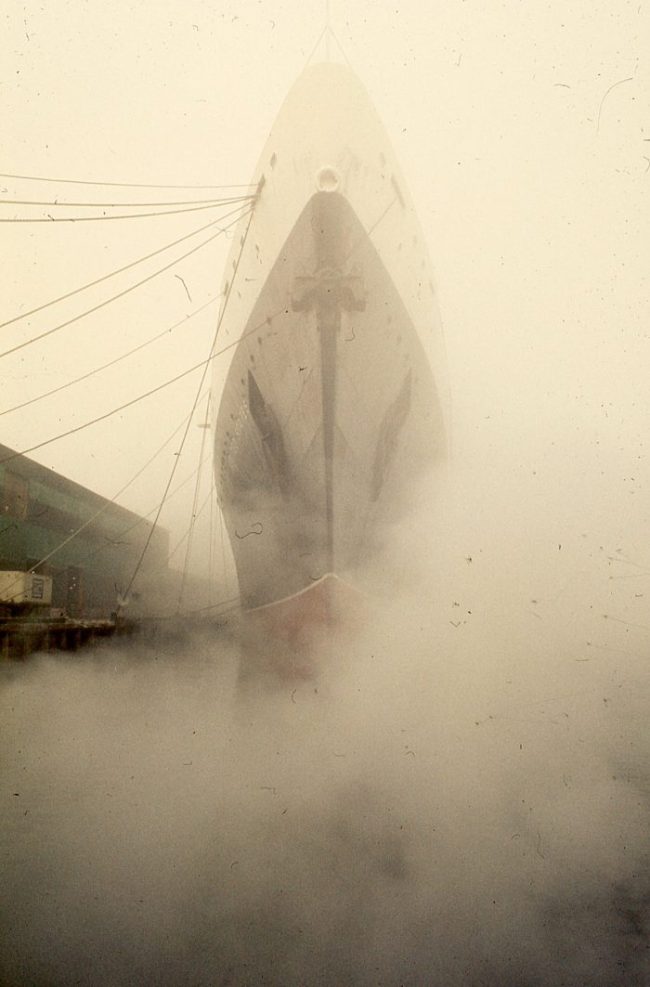
Reviewer Dwyer took this photo on a foggy morning in the summer of 1973 when Big U was berthed at the international terminal in Norfolk.


 RSS Feed - Comments
RSS Feed - Comments
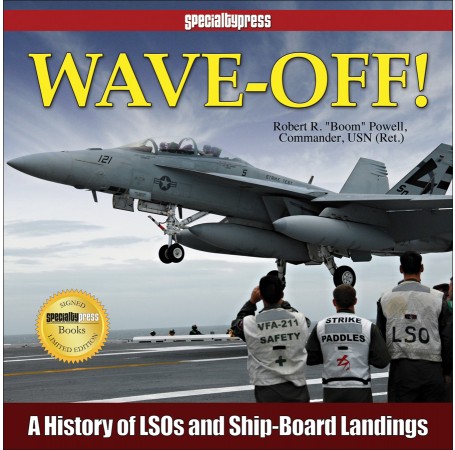
















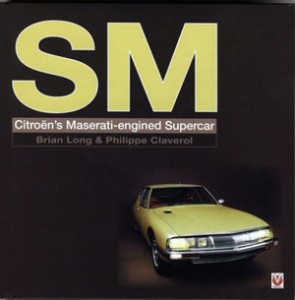













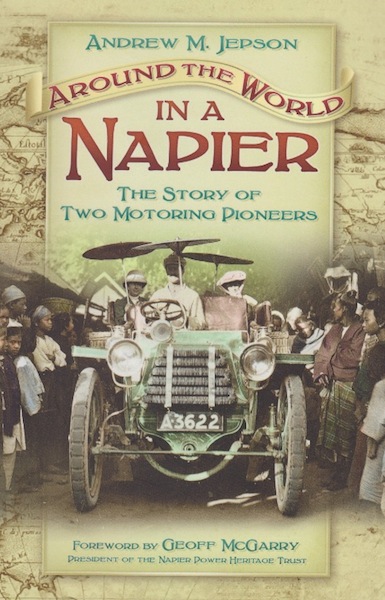


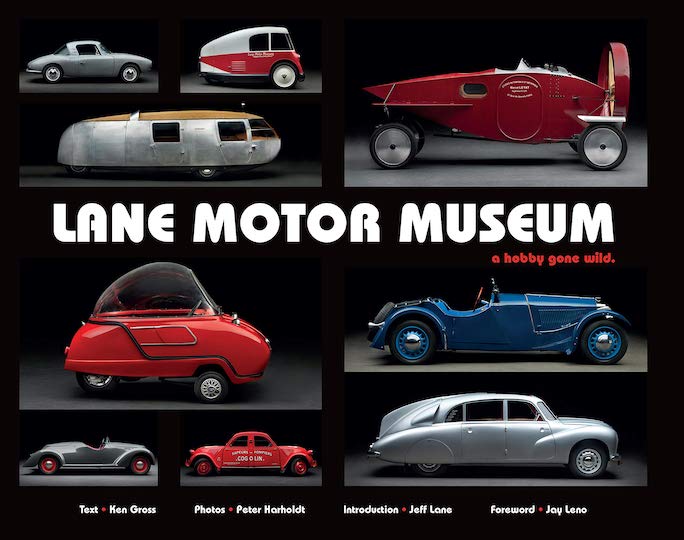




















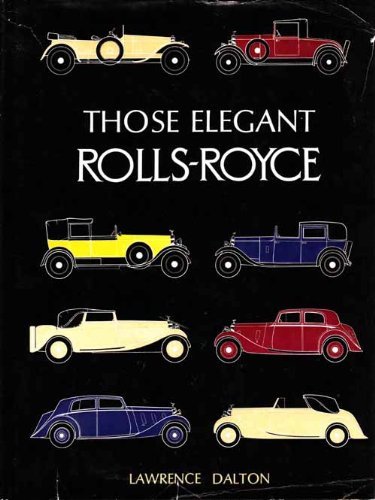






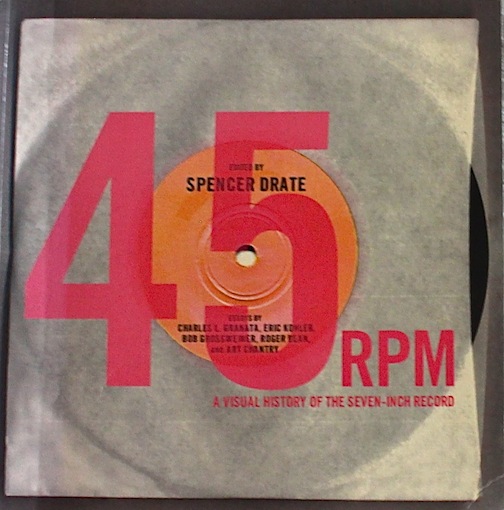







 Phone / Mail / Email
Phone / Mail / Email RSS Feed
RSS Feed Facebook
Facebook Twitter
Twitter
This is an excellent and thorough review by a man who clearly knows and enjoys the great ships of the open sea!